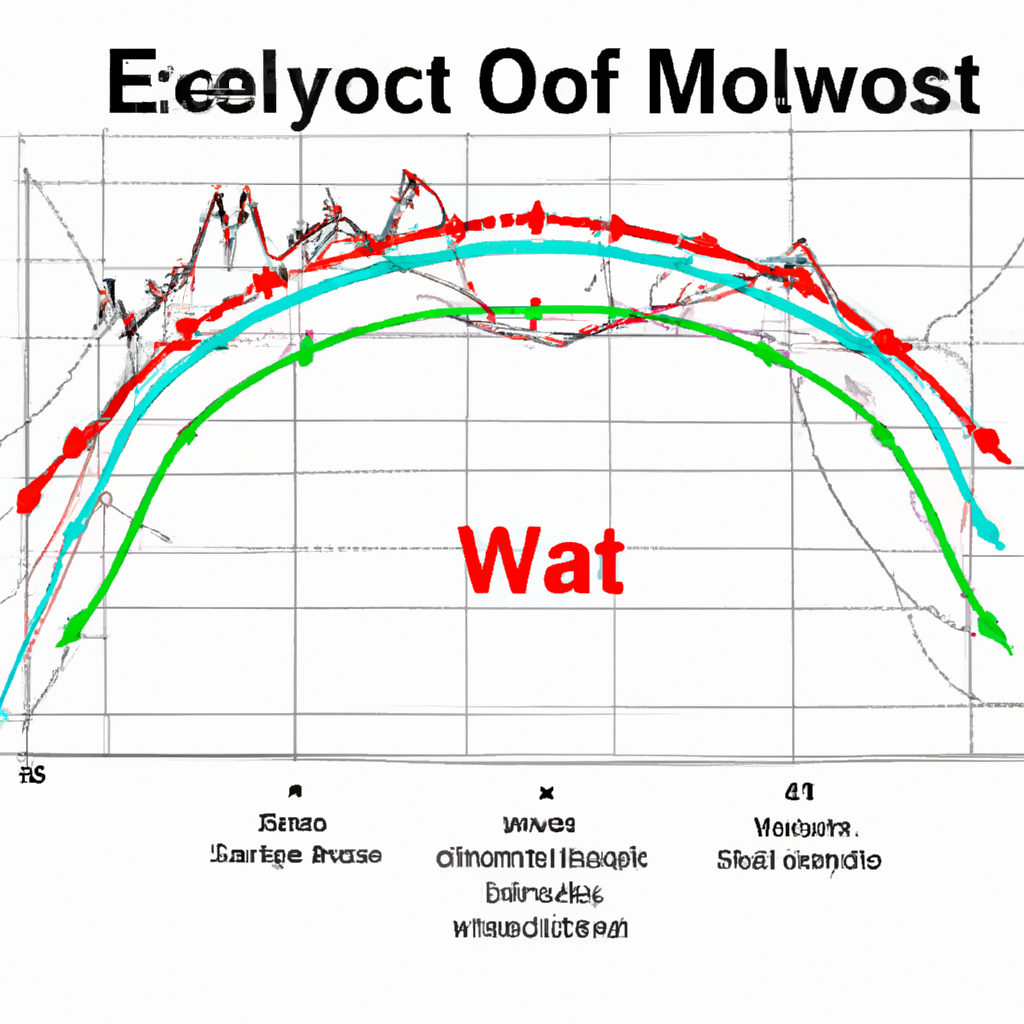Understanding Elliott Wave forecasting models
Elliott Wave forecasting models are a popular method used by traders and analysts to predict future price movements in financial markets. Developed by Ralph Nelson Elliott in the 1930s, this technical analysis tool is based on the theory that market prices move in repetitive patterns or waves.
How Elliott Wave forecasting models work
According to the Elliott Wave theory, market prices move in a series of five waves in the direction of the main trend, followed by three corrective waves. These waves are labeled as impulse waves and corrective waves, respectively. By identifying these patterns, traders can anticipate potential price movements and make informed trading decisions.
Key principles of Elliott Wave theory
- Wave principle: The market moves in a series of five waves in the direction of the main trend, followed by three corrective waves.
- Fibonacci ratios: Elliott Wave theory uses Fibonacci ratios to determine potential price targets and retracement levels.
- Wave degrees: Waves are categorized into different degrees, such as Grand Supercycle, Supercycle, Cycle, Primary, Intermediate, Minor, Minute, and Minuette.
Applying Elliott Wave forecasting models
Traders and analysts can apply Elliott Wave forecasting models in various ways to analyze market trends and make trading decisions. Some common techniques include:
- Wave counting: Traders identify and label waves on price charts to determine the current wave count and forecast future price movements.
- Wave extensions: Traders look for wave extensions, where one wave is longer than the others, to anticipate strong price trends.
- Wave retracements: Traders use Fibonacci retracement levels to identify potential support and resistance levels for price corrections.
Benefits and limitations of Elliott Wave forecasting models
While Elliott Wave forecasting models can provide valuable insights into market trends and potential price movements, they also have their limitations. Some benefits and limitations of using Elliott Wave theory include:
- Benefits: Helps traders identify market trends, anticipate price movements, and make informed trading decisions based on historical price patterns.
- Limitations: Subjective interpretation of wave patterns, potential for miscounting waves, and difficulty in applying the theory in real-time trading situations.
Overall, Elliott Wave forecasting models can be a useful tool for traders and analysts to analyze market trends and make informed trading decisions. By understanding the key principles of Elliott Wave theory and applying it effectively, traders can enhance their trading strategies and improve their overall performance in the financial markets.


